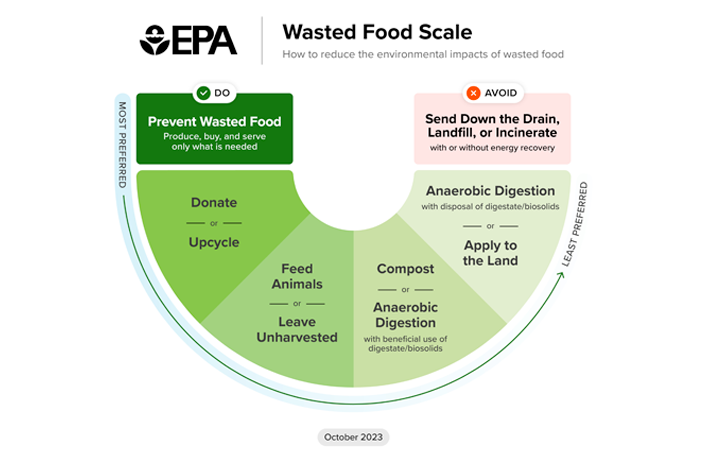Using Life Cycle and Circularity Assessments to Understand Environmental Impacts of U.S. Food Waste Management

Project Brief
The Challenge
One third of food produced in the United States is never eaten, wasting valuable resources used to produce, transport, and distribute it around the country. When this food is disposed in landfills, it breaks down and produces methane. Alternative methods to manage wasted food can also lead to environmental impacts. The U.S. Environmental Protection Agency wanted to understand the environmental impacts and contributions to a circular economy of common pathways for managing food waste in the United States, including source reduction, composting, anerobic digestion, and landfilling.
ERG's Solution
ERG’s circular economy and life cycle assessment team utilized LCA and circularity assessments to determine the life cycle environmental impacts of each wasted food pathway. The findings, published in “From Field to Bin: The Environmental Impacts of U.S. Food Waste Management Pathways,” supported a new ranking of the eleven wasted food pathways from most to least environmentally preferred. This ranking was then used to replace EPA’s food waste hierarchy with the Wasted Food Scale, which helps stakeholders prioritize actions that prevent and divert food waste.
Client
U.S. Environmental Protection Agency